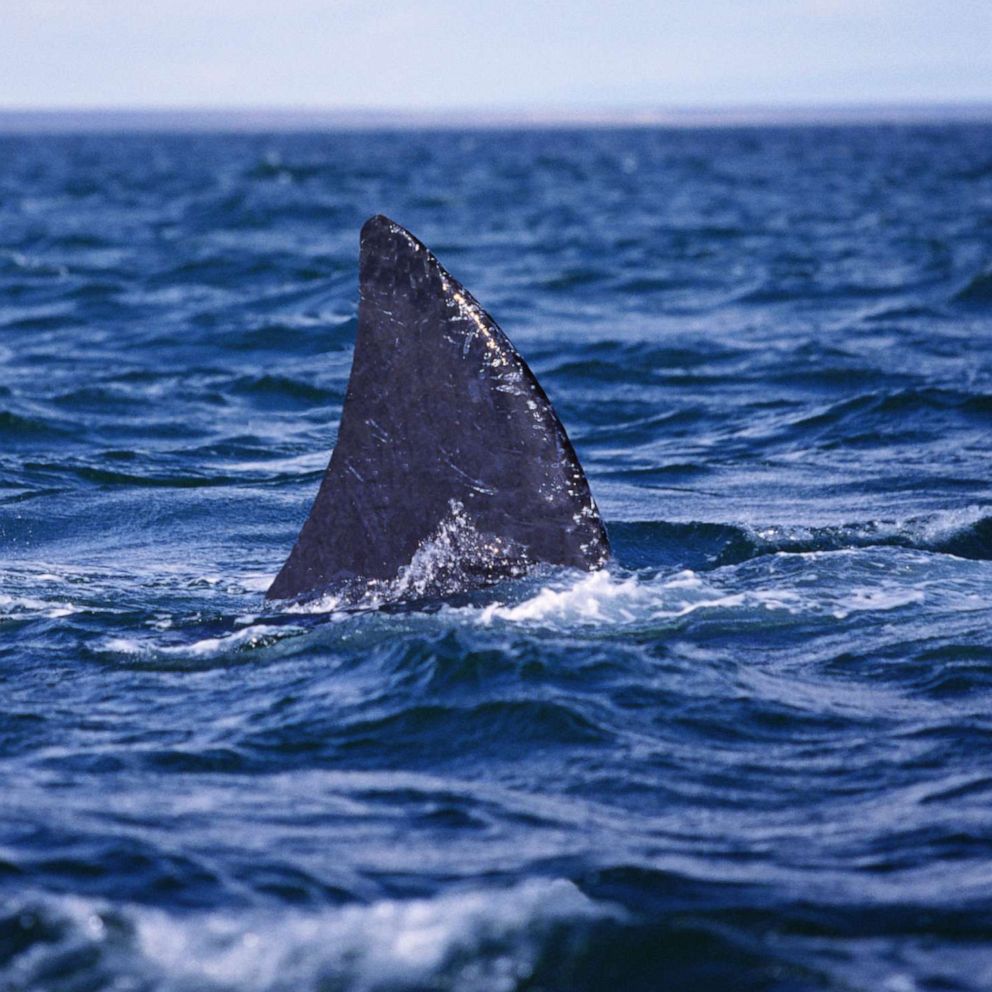The Putin-Kim summit produced an unusual — and speedy — flurry of glimpses into North Korea
The imagery from Pyongyang emerged quickly this week and was notable in its variety
The imagery from Pyongyang emerged quickly, notable in its variety — glimpses into North Korea in near-real time that showed its leader, Kim Jong Un, grinning and glad-handing with Russian President Vladimir Putin and showing him around the capital of one of the world's least accessible nations.
For those who follow the happenings of the Kim family's three-generation rule, the coverage of the Kim-Putin meeting this week — visuals released only by the respective propaganda arms of each government — represented an extraordinary flurry of views into a nation where imagery that feels even remotely off the cuff, not vetted and edited ad nauseam, is rare.
The pair marched on the red carpet in Kim Il Sung Square, named after the current leader's grandfather and the nation's founder. They gazed upon a sea of balloon-toting children. They reviewed a military parade and eyed a crowd waving pompoms. They saw — but were not shown interacting with — groups of North Korean citizens, who if the past is any indication were meticulously vetted before getting anywhere near the scene.
Those images were vivid and plentiful, but they represented the predictable output of an experienced propaganda apparatus.
Far more striking were the in-between moments that managed to peek through — also calibrated carefully, but revealing a smidgen more about the North and its leader than most imagery does. From stills and videos made by both Russian and North Korean state media operations (independent journalists were not given access to cover Putin's visit), the images were many and varied.
Here was Kim showing Putin a bust he’d had made of the Russian leader as a gift. Here were the two leaders hugging, looking at horses and Korean Pungsan dogs, leaning in for informal conversations, laughing at a “gala concert.” And here were cutaways to the background of a state dinner — complete with camera dollies, rooms before the leaders entered and other outtake-style shots that surface less often in North Korea's home-grown imagery.
One of the most impactful sequences came from Kremlin pool video, filmed just before Putin's arrival in Pyongyang. It showed Kim on the tarmac with his hands behind his back, silhouetted against the airport gate and a scarlet welcome sign behind him, pacing and awaiting his counterpart's presence. It was easy to imagine that Kim Jong Un was, for a moment, not the packaged leader of an authoritarian government but a weary man waiting for a plane after dark.
Perhaps most noteworthy was the sense that all this was coming at the world in almost real time — mostly through Russian pool imagery. The North Korean government's own images usually present its leader and nation as stilted, rigid and slightly out of sync — and photos usually emerge well after an event takes place.
Also at play: Imagery from the North’s main propaganda organ, the Korean Central News Agency, has occasionally been digitally manipulated before being transmitted; stringent vetting is required before it can be used.
Part of what made this week's images so compelling was the occasional appearance of spontaneity. The overwhelming share of imagery out of North Korea feels staged — because so much of it is. Awkward and deferential people typically surround Kim, as they did his father and grandfather. And often Kim appears awkward himself.
But in these frames and footage, amid the fast-moving nature of the week's events, that set-piece feel sometimes seemed absent. And it made North Korea appear more like other places, rather than reinforcing the “hermit kingdom” image.
Photos and video can distance us. They can draw us nearer. They can humanize. They can show, to the many, places that only the few see. And sometimes, collectively, they can offer some small epiphanies about a place, its people, even its leader.
To look at this week's photos and video from Pyongyang is to know just a bit more about what makes North Korea tick — even if that wasn't the primary intent of the propagandists who created them.
___
Ted Anthony, director of new storytelling and newsroom innovation for The Associated Press, was the AP’s Asia-Pacific news director from 2014 to 2018 and visited North Korea multiple times in that role. Follow him at http://www.twitter.com/anthonyted




